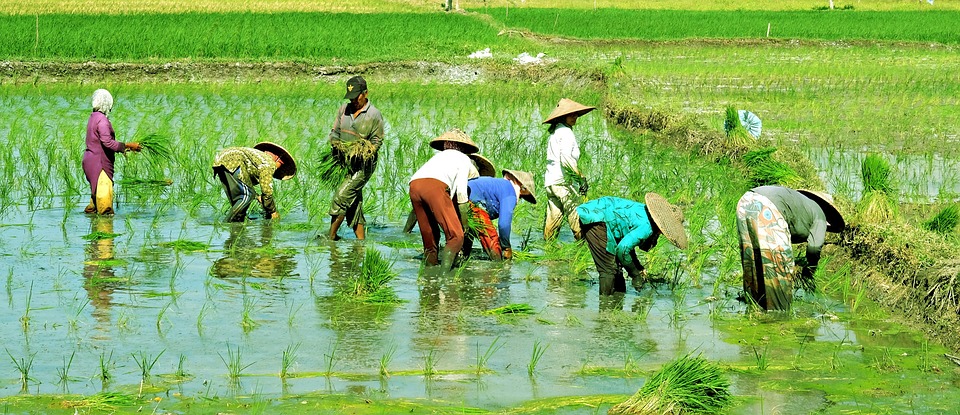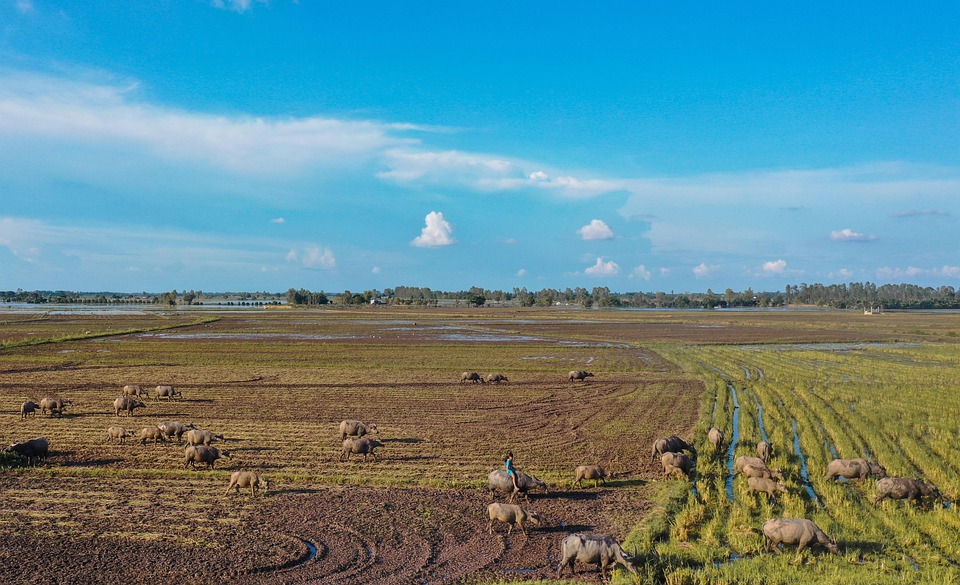**Sustainable Farming: A Pathway to Resilient Ecosystems and Healthy Communities**
## Sustainable Farming: A Pathway to Resilient Ecosystems and Healthy Communities Picture this: the sun rising over a dew-kissed field, casting golden rays upon rows of vibrant vegetables and fragrant herbs. The air is alive with the gentle buzz of pollinators flitting between blossoms, and the soft rustle of leaves whispers tales of robust ecosystems sustaining life. Such a scene embodies the spirit of sustainable farming—a practice that not only nourishes our bodies but also nurtures the planet. Let’s plunge into the abundance of sustainable farming and discover how it fosters resilient ecosystems and cultivates healthy communities. ### What is Sustainable Farming? Sustainable farming is more than just a buzzword; it’s a holistic approach to agriculture that prioritizes ecological balance, social equity, and economic viability. This method embodies an attitude of respect for the land and a commitment to long-term health rather than short-term gain. The essence of sustainable farming lies in its principles: 1. **Biodiversity**: Integrating a variety of plants and animals increases resilience against pests and diseases. 2. **Soil Health**: Techniques such as crop rotation and cover cropping enhance soil fertility and structure. 3. **Water Management**: Efficient irrigation practices reduce wastage and ensure that water resources are preserved. 4. **Reduced Chemical Usage**: Utilizing organic methods minimizes the impact of harmful pesticides and fertilizers on the environment. 5. **Local Focus**: Emphasizing local markets strengthens community ties and reduces carbon footprints associated with transporting food. ### The Importance of Resilient Ecosystems Ecosystems are dynamic networks of living organisms interacting with each other and their physical environment. Balancing these ecosystems is crucial for their resilience. Sustainable farming practices promote biodiversity, which is vital for: – **Pest and Disease Resistance**: A diverse ecosystem can naturally manage pests. For instance, planting a variety of crops can draw in beneficial insects that prey on harmful ones, decreasing the need for chemical pesticides. – **Nutrient Cycling**: Diverse plant species contribute different nutrients back into the soil, fostering a more fertile and productive growing environment. – **Climate Adaptability**: Healthy ecosystems are better equipped to withstand and adapt to climate fluctuations. By promoting biodiversity, sustainable farming builds a natural buffer against extreme weather events. ### Building Healthy Communities The benefits of sustainable farming extend beyond the fields; they touch the very fabric of our communities. Here’s how: 1. **Local Economies**: By focusing on local food systems, sustainable farming supports small farmers and keeps money within the community. 2. **Educational Opportunities**: Sustainable farms often serve as educational hubs, teaching community members about food production, environmental stewardship, and healthier eating. 3. **Mental and Physical Health**: Access to fresh, organic produce promotes better nutrition. Moreover, connecting with nature has been shown to boost mental health, reduce stress, and enhance overall well-being. 4. **Social Equity**: Sustainable farming can empower marginalized communities by providing access to land, training, and resources, ensuring that everyone has a stake in their food system. ### Pro Tips for Sustainable Farming If you’re itching to get started on your sustainable journey, here are some practical tips: #### 1. Start Small Begin with a small garden or a few raised beds. You can scale your efforts as you learn and gain confidence. #### 2. Choose Native Plants Utilizing native plants in your garden supports local wildlife and minimizes maintenance, as these plants are typically more adaptable to the local climate and soil conditions. #### 3. Embrace Permaculture Principles Permaculture focuses on creating self-sustaining agricultural systems by mimicking natural ecosystems. Design your garden to maximize yield while minimizing effort and resources. #### 4. Composting is Key Start a compost bin to recycle kitchen scraps and yard waste. This enriches your soil and reduces landfill waste. #### 5. Water Wisely Implement rainwater harvesting systems and drip irrigation to conserve water. This ensures that your plants get the moisture they need without wastage. #### 6. Networking Matters Connect with other sustainable farmers and gardeners. Joining local gardening clubs or online communities provides invaluable support, resources, and inspiration. ### Innovative Practices in Sustainable Farming The world of sustainable farming is brimming with innovative practices that can revitalize our approach to agriculture. Let’s explore some exciting techniques: #### Agroforestry Integrating trees and shrubs into agricultural landscapes offers multiple benefits, including enhanced biodiversity, improved soil structure, and increased carbon sequestration. For example, planting fruit trees alongside crops can provide shade, reduce erosion, and produce additional sources of nutrition. #### Regenerative Agriculture This approach goes beyond sustainability by actively improving soil health and biodiversity. Techniques include holistic grazing practices and minimal tillage, which promote carbon capture and restore soil ecosystems. #### Vertical Farming Urban populations can benefit from vertical farms that utilize minimal land while maximizing productivity. These farms often use hydroponics or aeroponics, using significantly less water than traditional farming. #### Community Supported Agriculture (CSA) CSAs connect local farmers directly with consumers who subscribe to receive fresh produce throughout the growing season. This creates a reliable income for farmers while providing consumers with fresh, seasonal produce. ### The Road Ahead The transition to sustainable farming is not merely a trend; it’s a necessary evolution in how we grow our food and interact with the planet. Each step taken towards sustainable practices contributes to the resilience of our ecosystems and the well-being of our communities. By cultivating awareness, adopting innovative practices, and engaging with one another, we can weave sustainability into the very fabric of our lives. ### Conclusion Sustainable farming is not just a method; it’s a movement—a promise to protect our planet while fostering healthy communities. It offers an opportunity to step outside, dig our hands into the soil, and reconnect with nature. Embrace the vibrant hues of vegetable gardens, the sweet aromas of herbs, and the rich life bustling around us. Together, we have the power to cultivate a more sustainable, resilient future. Let’s sow the seeds of change today! — As we embark on this journey together, remember that every small step counts. Whether you’re planting a single seed or creating a community garden, each action contributes to the larger










